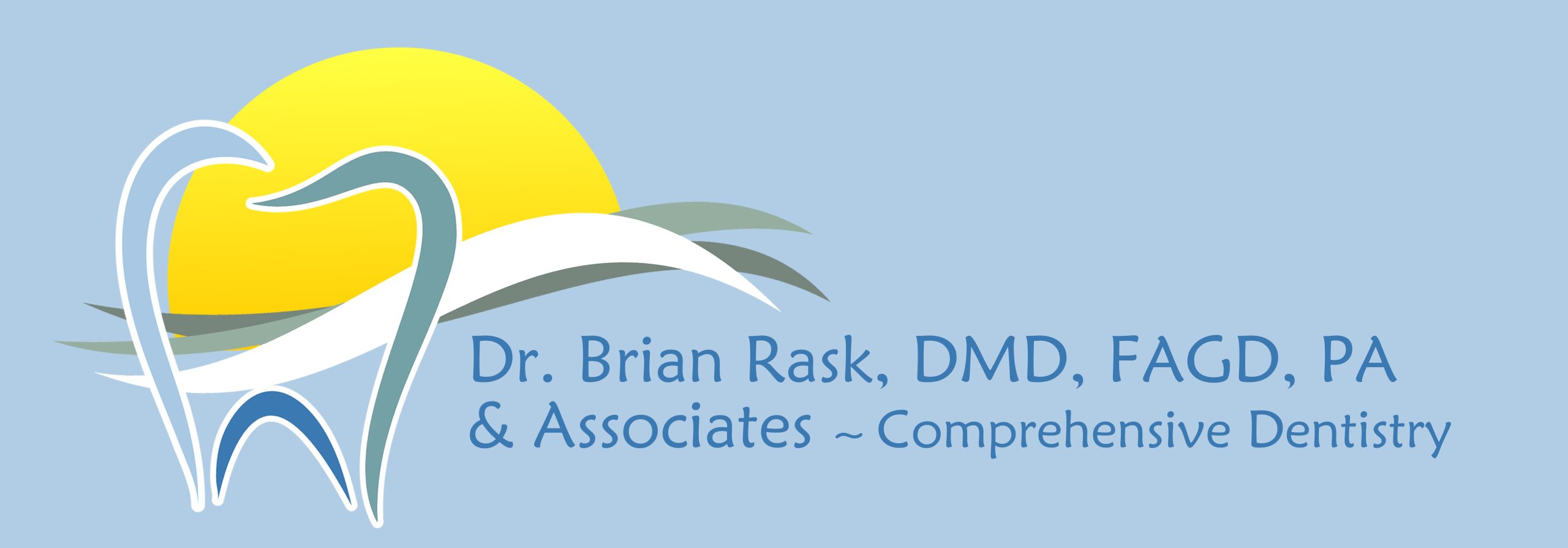Frequently Asked Questions
How often should I have my teeth cleaned?
The American Dental Association recommends having your teeth cleaned every 6 months for people with healthy teeth and gums. If you suffer from gingivitis, periodontal disease, or frequent tooth decay, you should have your teeth cleaned more often, usually every 3-4 months.
What types of teeth whitening do you recommend?
The least expensive teeth whitening are the over-the-counter products but they take a longer period of time to achieve results and cannot whiten certain types of stains. Crest Professional White Strips, purchased from your dentist, are a great product for the price that delivers better results than store bought strips. Custom made bleaching trays from your dentist are the most effective way to whiten your teeth but it may take a minimum of 2 weeks for best results. In office, one hour Zoom whitening is the fastest way to get results but also the most expensive. You may also need to do some touch up whitening down the road if you drink a lot of coffee, tea, red wine, colas or use tobacco products.
How does Invisalign work?
Invisalign consists of a series of clear, plastic trays that are nearly invisible which slowly move your teeth to correct crowding, spacing, rotations, and mal-aligned teeth. The process begins with an examination, x-rays, photos and a digital scan of your teeth. Then a custom treatment plan is created on the computer to meet your concerns and expectations. After you approve the treatment plan, your custom trays are made and the length of treatment depends on the amount of correction that needs made, with most cases averaging 9-12 months. You change your trays every two weeks as they gently move teeth over time.
What types of dental insurance are available?
There are several types of dental insurances available. The best type to get is an indemnity plan, which is true dental insurance that pays a percentage of the dentist’s fees. It allows you to go to any dentist of your choice and you do not have to worry about set fee schedules or a list of participating doctors. The next type is a participating provider or a PPO plan. With this type of insurance you can still go to any dentist of your choice, but the insurance company sets a fee schedule for what it will pay for all procedures, called usual and customary fees. If a dentist contracts with the insurance company, they agree to take a lower fee for their work. The insurance company covers a percentage of the fee either way, but the contracted dentist’s fee is usually lower. Then there are dental health managed organizations (DMO’s), where you must stay in-network to receive any benefits. These are the cheapest plans where you will be provided with the lowest quality of benefits. I recommend staying away from this type of plan.
Unfortunately, as you move down in the level of insurance plan you select, you also drop down in the quality of care you receive. Some patients may feel “nickel and dimed” to make up for lower fees paid, provided treatments not covered by the plan, or wait a long time to get treatment, then rushed through it when they do. This may not sound like a kind thing to say, but you always get what you pay for…and sometimes you even end up paying for more.
How does dental insurance work and is it different than other type of insurance?
Dental insurance plans arose back in the 1960’s, where most of them allowed you to go to any dentist and there were few restrictions on what they would cover. The yearly benefit maximums were about one thousand dollars. Unfortunately, nearly 50 years later benefits are about the same and have not kept up with inflation, yet your premiums have. If the cost of living increases are taken into account, your dental benefits should be about six thousand dollars per year! You could have had major work done in the 1960’s or 70’s for one thousand dollars, where as now it will barely cover a crown.
Most insurances that you purchase are to cover you from a major catastrophe, such as your car getting into a bad accident, your house getting damaged in a hurricane, or going to the hospital for major surgery. You would not make a claim on your insurance if you got a small dent on your car door, had a piece of wood trim rot on your house, or got a cut on your finger. This is because your insurance isn’t going to cover it due to your deductable being higher than the claim. With dental insurance, there is usually a small yearly deductable to pay and it covers inexpensive, preventative treatment at 80-100%. But if you need something major, like a bridge, implant, dentures or surgery, it will cover a smaller percentage and your yearly maximum of $1,000-$1,500 dollars does not even come close to the cost of the procedure.
Most types of insurance you purchase require you to complete a physical examination or inspection to determine your risks and coverage needs before your premium is assigned. With dental insurance, you have no exam done to determine your needs and get a “one size fits all” plan. Your coverage options usually end up being a chosen by your employer as an added benefit to you. Dental insurance is a contract between you or your employer and your insurance company, with the dentists many times not being able to tell you your exact costs without a pre-treatment estimate.








